Establishment Around 1948 Japanese occupation 1942 | Federated into FMS 1895 Accession into Federation of Malaya 1948 | |
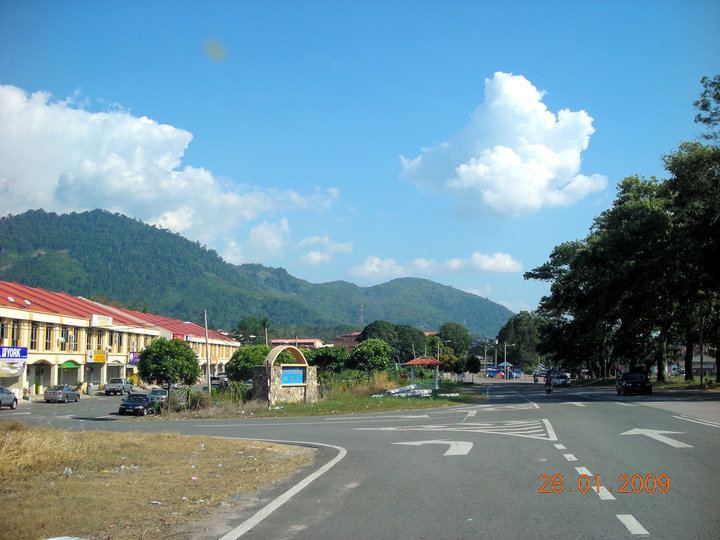 | ||
Weather 24°C, Wind NW at 3 km/h, 94% Humidity | ||
40 tahun smk sungai ruan raub pahang
Sungai Ruan is a town located in Raub District, Pahang, Malaysia. With a latitude of 3.8 (3° 47' 60 N) and a longitude of 101.87 (101° 52' 0 E), it is a hydrographic (stream). The 10 square km area of town has an approximate population of 10,000 and an average elevation of 227 meters above sea level. The town is surrounded by isolated forest and oil palm plantations. Sungai Ruan located about 13 km from Raub town. Most of the resident here are rubber tappers and farmers, a predominantly Chinese new village with plantations as their main source of income. The ethnic composition is roughly 15% Malay and Bumiputra, 65% Chinese, 5% Indians and 15% non-citizens.
Contents
- 40 tahun smk sungai ruan raub pahang
- 1940
- 19461951
- 19481970
- 19821989
- 19901998
- 2000s
- Profile of Sungai Ruan
- Federal Parliament and State Assembly seats
- Areas of Sungai Ruan
- Food types
- Transportation
- References
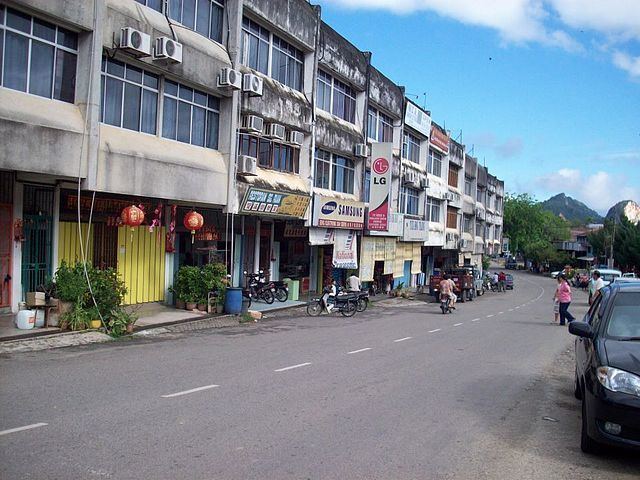
The majority of the community are farmers that own fruit orchards. This series shall be mainly of Malaysia fruits. During the durian peak season, workers were busy carrying rattan buckets full of durians especially the Musang King variety (the most popular variety for every year).
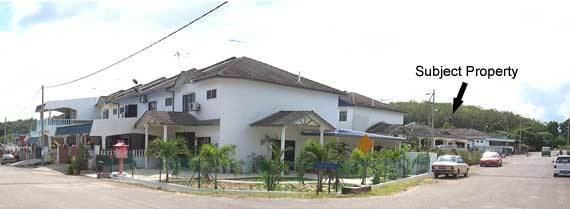
During the Chinese New Year, lion dancer troupes from the Chinese martial art schools or Chinese guild and associations will visit the houses and shops of the Chinese community to perform the traditional custom of "cai ching" (採青), literally means "plucking the greens", a quest by the 'lion' to pluck the auspicious green normally 'vegetables' like lettuce which in Chinese is called 'cái'(菜)that sound like 'cái'(财)(fortune) and auspicious fruit like oranges tied to a "Red Envelope" containing money; either hang highly or just put on a table in front of the premises.
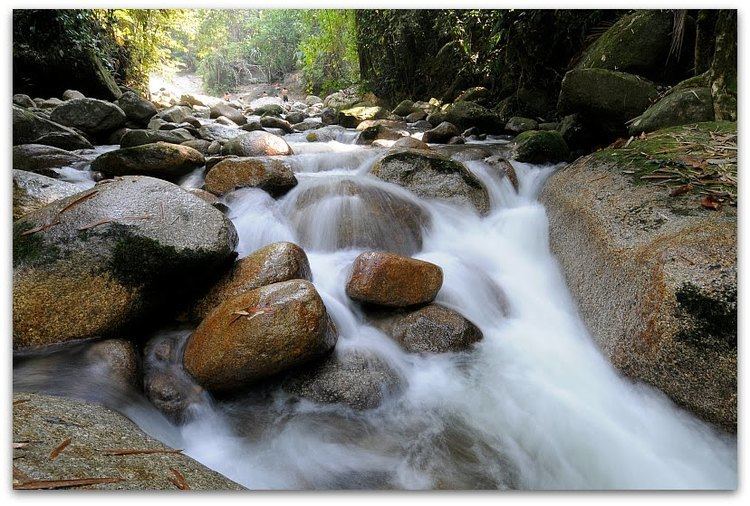
The "lion" will dance and approach the "green" and "red evelope" like a curious cat, to "eat the green" and "spit" it out leave it in a nice arrangement, like an auspicious character but keep the "red envelope". The lion dance is believed to bring good luck and fortune to the business and the troupe is rewarded with the "red envelope".
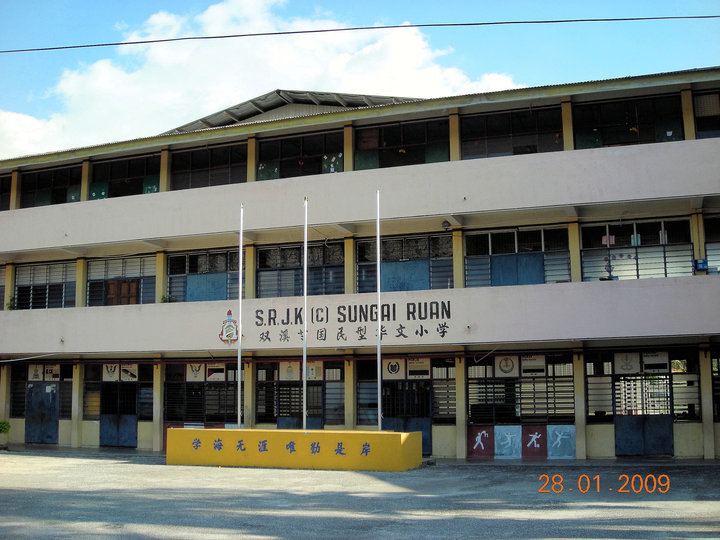
1940
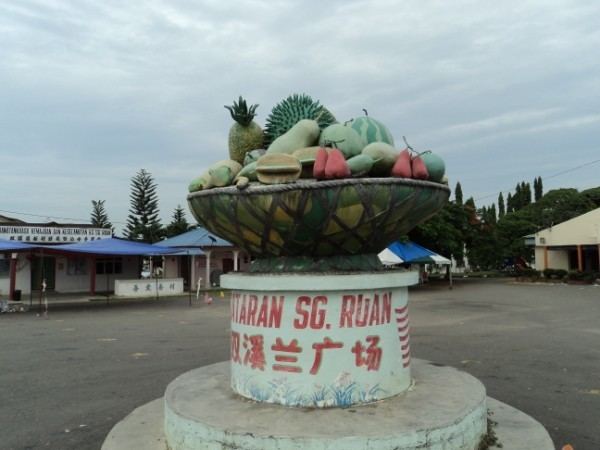
From 1940–87, Raub bastion was heavily infiltrated by the Malayan Communist Party (MCP) and included Lembah Klau. Sungai Ruan one of small town, is near Felda Lembah Klau.
Communist threat in 1940s in Raub resulted in erection of new settlements.
1946–1951
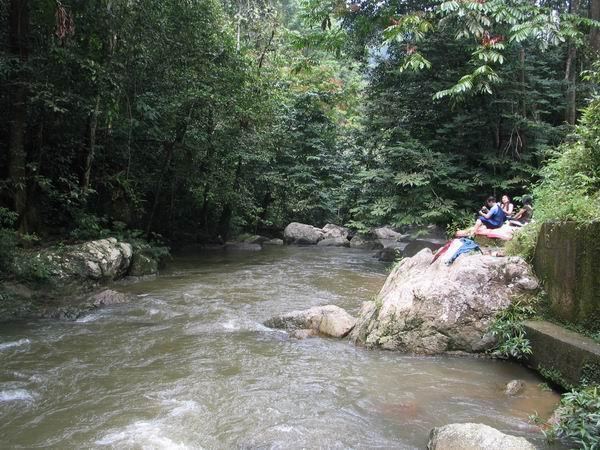
From 1946-47, there are approximately 10 wooden house and a few of people. Due to the richest of soil that good for plantation, from 1951 a lot of resident from other village involve in this industry. Up until now there are more than thousand of families stay in Sungai Ruan.
1948–1970
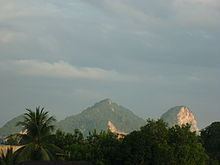
Most of villager start to focus on education for their children. In 1948, villagers built the primary school in Sungai Ruan centre area, at that time only 58 student study in primary school. Beside that, villager plan to build secondary school and preschool in 1965. Project complete on 1968 and name Sekolah Menengah Kebangsaan Sungai Ruan (SMKSR). Among 6 villages in Raub, Sungai Ruan is the only village that has a secondary school. First of head teacher in secondary school is Mr.Leong Weeng Kee. In 1969 Grand opening of a secondary school. In the same year, a lot of resident from other village involve in this industry and people grown up more that 3–5%. In 1960–70, Sungai Ruan started to produce most famous durian, banana, guava and cocoa best selling in Malaysia. At that time Sungai Ruan became the village in pahang that produced the most fruits and people call Sungai Ruan become fruit of village.
1982–1989
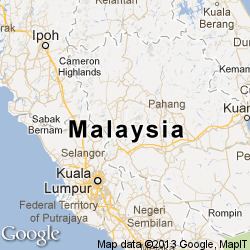
In 1982, 4 communist guerrillas were killed in the area by security forces. Sungai Ruan was liberated in 1987 from the insurgents. After a series of negotiations between the Malaysian Government and the Malayan Communist Party, with the Thai Government as the mediator, the MCP finally agreed to peace talks in Haadyai, Thailand on 2 December 1989.
1990–1998
In 1990, Malaysia organised a campaign to beautify the residential area in village. With the teamwork, hardworking and sacrifice of resident in Sungai Ruan, they won the campaign of beautify in Malaysia as 2nd Runner Up in 1993 and 1st Runner Up in 1994. From 1996 to 1998, Hari Raya Puasa and Chinese New Year fell on the same week. There was a double celebration of the festivals within the Chinese and Muslim communities. The term 'Gongsi Raya' is a creolised term originating from Malaysia and accepted in Singapore to commemorate the two festivals. In the same years, villagers have a big celebration ceremony and fireworks together with Sultan.
2000s
In 2000s, Sungai Ruan produced peanuts, dragonfruit and coconut. Best selling in Sungai Ruan is peanut, during the Chinese New Year, villagers return home and brought a lot of the peanut for gift to friends and neighbour. In 2009 Malaysia government planning export of frozen durians to China. The projected export of frozen durians from Malaysia to China is between 350 tonnes and 500 tonnes a year. Malaysia exported fresh durians worth an estimated RM18.5 million to Singapore, against RM15.4 million in 2010.
Profile of Sungai Ruan
Federal Parliament and State Assembly seats
Raub district representative in the Federal Parliament (Dewan Rakyat)
Areas of Sungai Ruan
New Area
Old Area
Food types
Transportation
Transportation in Raub are unique. Everybody will share the same memory about the public transportation for Raubians. The main public transportation will be the Bus. The most common bus in Raub is Pahang Lin Siong, which travels everyday from Raub town to other places in Raub district, such as Tras, Sungai Chetang, Sang Lee, Sungai Ruan and other districts and places in Raub also.
The another famous bus are Union and Central which originally are separated entities. This few years, they have been merged into one company. Although they use the name of Union, most of the buses do still retain their name. These buses are the main transportation for going to other places, such as Kuala Lumpur, Kuantan and the furthest, Singapore as well.
Union and Central are very famous to Raubians. Most of the Raubian will remember the red Union and Central buses. Raub is also the terminal to Kota Bharu as well. Most of the buses will stop in Raub before continue their journey to Kuala Lipis, Gua Musang and other parts to the state of Kelantan. It serves as the alternative route to Kelantan, besides going through Kuantan and Terengganu.
